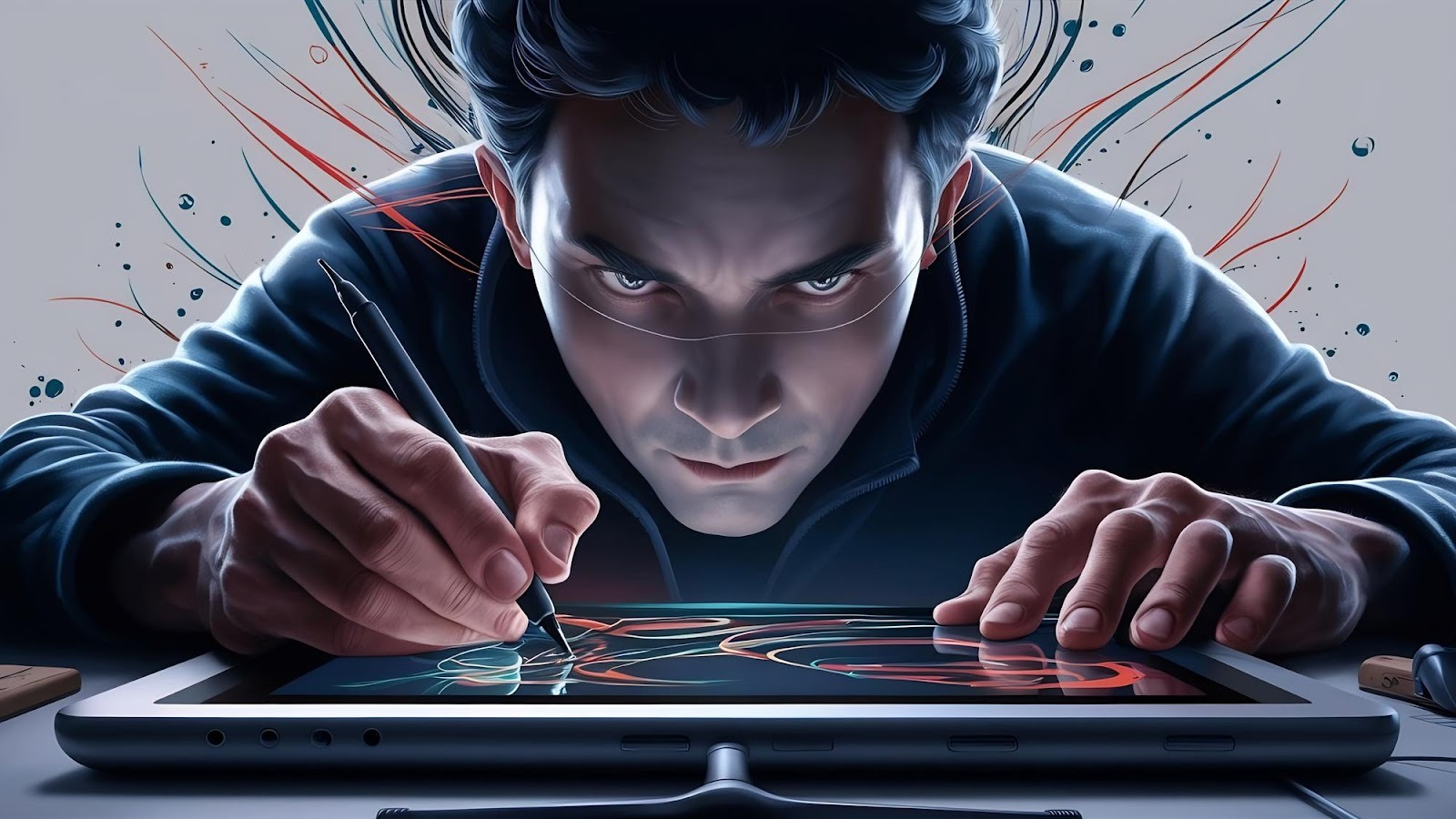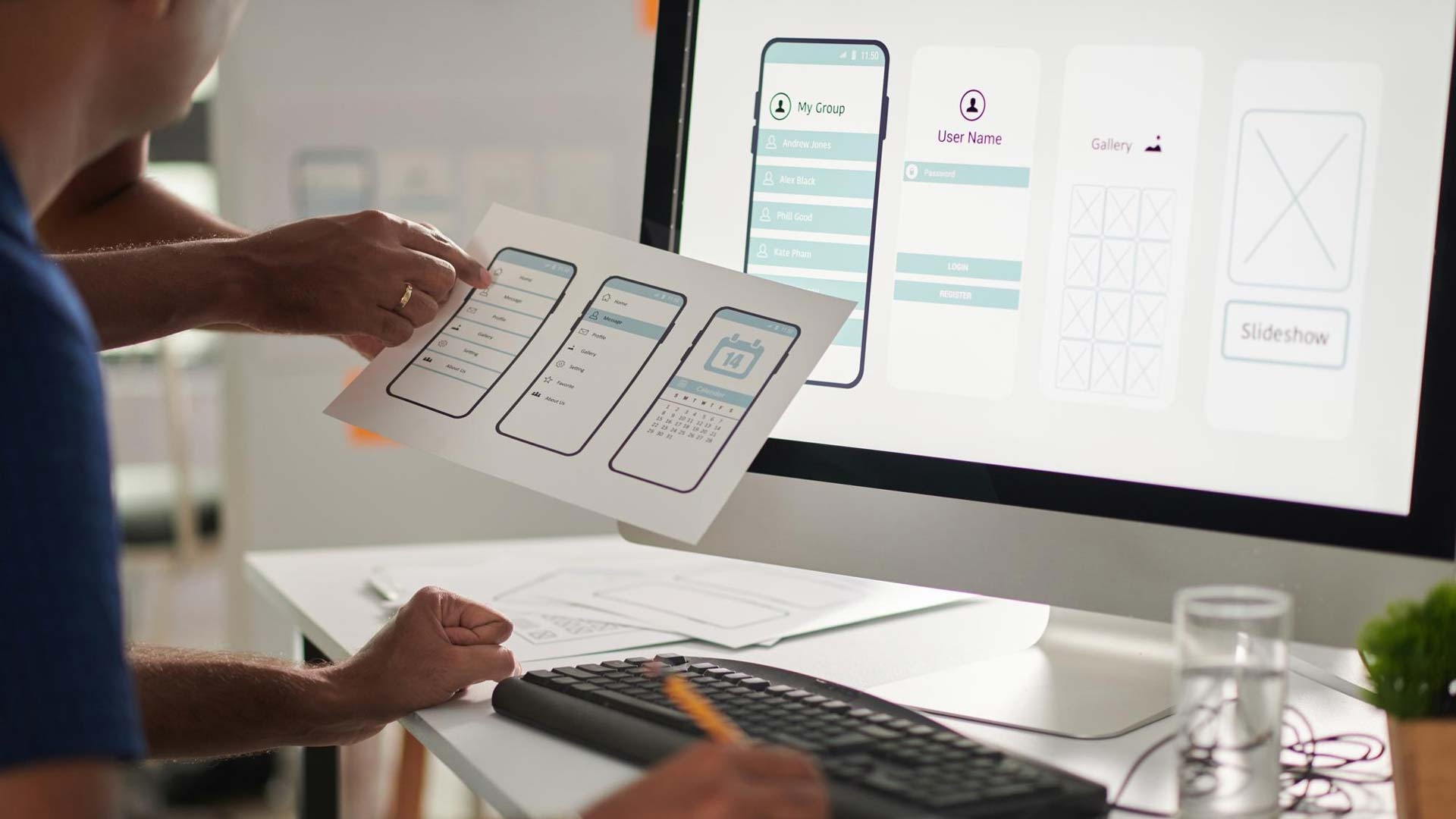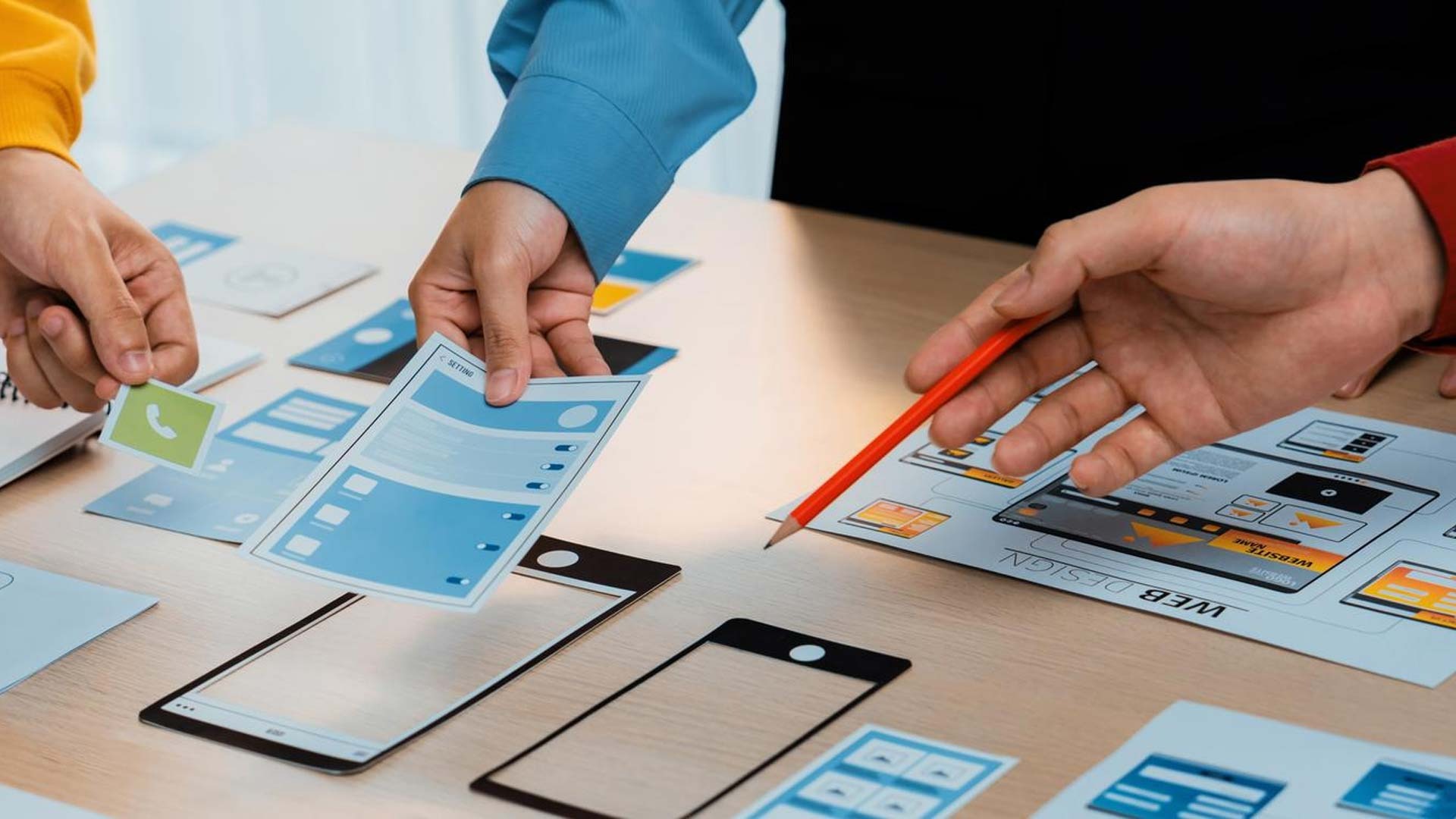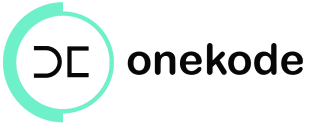We are living in a fast-paced world. All startups desire to be able to launch faster, scale faster and automate everything in between. It may be hard to believe but tools capable of doing these simple things without requiring any coding or in seconds sound like a dream, particularly when you are in a hurry to launch your MVP.
But this is the question that no one really wants to answer and that is: Are we trading in our creative control to gain convenience?
It is such a simple thing to fall in that race. Founders wake up to full-of-analytics dashboards, teams use templates, and all that is on autopilot. In between the clicking and the automating, that untamed creative fire, that causes a brand to become distinctly memorable, begins to fade.
Incorporating speed is the new symbol of technology. The faster you construct the more you appear the more innovative. However, innovation does not only lay emphasis on the speed of your pace; it also lays emphasis on what you have made once you have arrived. And this is where this mania of automation starts to crack.

The No-Code Low-Code Rise.
The truth of the matter is that No Code and Low Code platforms have transformed the entire manner in which startups develop products. An idea can now be tested by a small group of developers. A prototype can be brought online in a matter of days by a designer or even a non-technical founder. It is fantastic when startups at an early stage are attempting to prove ideas fast.
And this change has provided opportunities to so many innovative individuals that previously have felt excluded in the technology industry. Apps, websites, and even complete systems can now be created by people without writing a line of code, and that consists of entrepreneurs, marketers, and even students. It has been democratized into its creation and that is something to rejoice over.

However, there is a flip side to a story.
By over-depending on these auto-generated templates and other ready-made elements, you gradually begin to see your product resembling all other similar products. The personality that a brand is created with is lost in the automation layers.
Consider the number of landing pages you have viewed, which consist of the same hero structure, the same call to action button, same typography. On the surface you cannot even tell who made them, they all fade into a single interminable scroll of the same. What begins as innovation is transformed into imitation.
Such tools are effective, and they equally enable it to bypass the thinking process, the why of each design decision, making it incredibly easy. and when you no longer think creatively you begin to design by rote.
When You Have Automation Designing on your behalf.
Automation is an attempt to retain time and not to steal your creativity. However, it is very easy to get into the trap of allowing tools to design decisions on your behalf. It begins with triviality, colour, type of buttons, space, and before you can even imagine it, your user interface has the appearance of a generic design generator.
It's subtle at first. You have a template only to get down to business. Then you fiddle with some fonts, perhaps change a color scheme. However, the next day, everything you design is determined by what is in the tool as opposed to what is appropriate to your brand.
It is not the tools that are a problem, it is the attitude that they promote. They make you think you have a choice on whether to be creative or not. But it's not. Design is based on creativity. Otherwise, you are only doing a laying out of blocks that have been prepared.
User experience and user interface are not merely about appearance, but it is a question of feel. The narrative your product creates with all the interactions, all the scrolls, all the clicks, the story cannot be programmed by a robot.
The motion, balance and details of the site speak the voice of the brand through a great interface. It shows intention. That little hoveriness, that jesting micro-interaction, the manner in which contents are presented, these are not accidental, but echoes of the human mind. Automation lacks that sense. It does not know what you want to make your users feel. It just follows rules.

Efficiency vs Authenticity
It is not a bad idea to work with tools that will speed up your workflow. Startups are required to be efficient; this is the way they live. The borderline between efficiency and laziness is thin though. An efficient product is one that is as fast as it is automated and as creative as it is human.
Efficiency implies smart building. Laziness is being left to be chosen by the system. Intentionally there is the difference of intentionality. You employ tools as part of your ideas when you are efficient. In case of indolence, the tools are the thought.
There are cases when that defect in design, the custom transition, the very offbeat layout, that peculiar way of navigation, is what the users will remember. That is what makes an interface personal.
Those flaws of the details are usually authentic. The fact that the Airbnb design used to feel like a home, or that the Notion design was minimalistic enough to express its philosophy of focus, was not achieved in the autogenerated layouts. They were products of voluntary, human decisions that were purposeful.
Automation may make you get there quicker, yet authenticity is what people remain.

How to build an MVP without losing the magic.
All founders understand the stress to make it MVP live. However, keep in mind that your MVP is not a mere test item, but your initial impression. The tools of the No Code Low Code are not meant to give your product its identity, but speed up the development process. The tools should be guided by your vision rather than the vice versa.
The thing is, users do not fall in love with speed they fall in love with experience. They recall the experience that your product gave them. Therefore, although a no-code platform can assist in pushing something live, it cannot assist in establishing an emotional connection. That is a result of consideration, of knowing your users too well to create around them, however.
First, attempt to begin with your story, your user pain points, and your own design intuitions. Then have automation assist you perfect, but not to substitute. MVPs can be created with a speed that is fast without being too complex, and soul that is personal enough to feel.
Instead of seeing automation as the captain, it is your co-pilot. You're still steering. Once you relinquish authority completely, the brand will be a mere brand among the masses.

Finding the Balance
At Onekode, we are fond of technologies that simplify life. But also, we think that design ought to be human. The tools change, the automation gets better but creativity of human touch that is full of mess and raw is incomparable.
The real genius is not always in the flawless symmetry and refined patterns. It can be an idea that was made out of late-night drawings, trial and error or that one crazy idea your group gives hours of debate over. It is the type of energy automation will never be able to substitute.
Or maybe it is not only the speed of building that is the challenge of startups nowadays. It is creating smarter without losing itself in it.
It is the time we are moving into when AI and automation will become more sophisticated. It is not far in the future that complete design systems can be created at the press of a button. However, even at that moment, the difference between a good product and a great product will be the human being behind it. The decision, the physical pleasure, the feeling.
Eventually, it is not a rejection of automation. It is about reinventing its use. Allow the tools to do the hard work, but retain your hands and your heart in the design.
Creativity is not about pixel motion. It is about telling stories. And there is no tool, however sophisticated, which can describe your story better than yourself.
.png)



%20(1).jpg)




